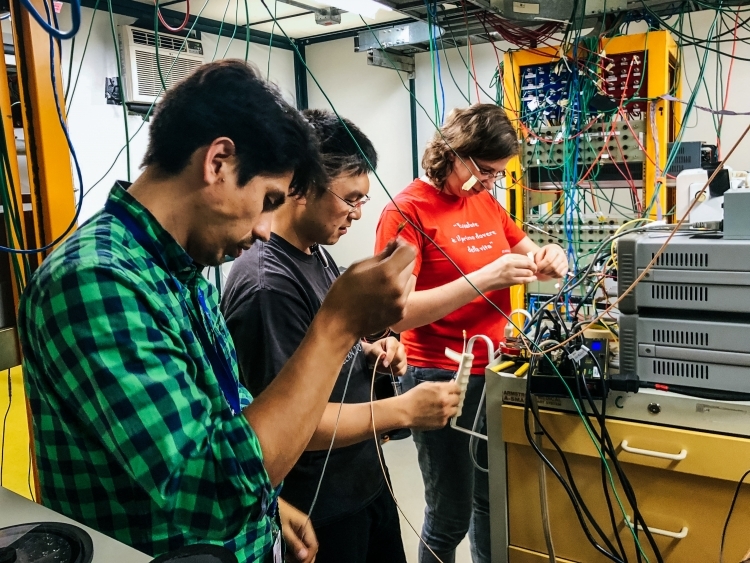
January 30, 2020
Soon after 2027, the LHC will enter the high luminosity era, known as HL-LHC, during which it is expected to deliver about 20 times more data than delivered up the end of Run 2.
In order to achieve such high luminosity, the LHC is going to use much more densely packed bunches of protons to increase the collision rate. When two such bunches cross one another, the total number of proton-proton collisions, known as pile-up, will reach 140-200, of which only one, at most, is likely to be interesting. The CMS detector has to observe the decay products of various particles produced in these collisions and work backwards to determine which collisions produced which particles. CMS was designed and built to cope with an average pile-up of around 25 interactions per crossing, with the proton bunches crossing inside CMS every 25 ns, where 1 ns (nanosecond) is one billionth of a second. In these conditions, information from the current detector was sufficient to identify charged particles from pile-up and exclude them from being associated with the interaction of interest. However, the much higher pile-up expected during HL-LHC will result in an increase in the spatial overlap of tracks and energy deposits from these extra collisions, reducing the ability of CMS to reconstruct correctly the tracks of interest. Thus, the CMS detector must be upgraded to keep its excellent performance in terms of efficiency, resolution, and background rejection for all final state particles and physical quantities.
In order to reach this luminosity, the operating conditions of the accelerator will be much more aggressive, which will pose a challenge for particle detectors like CMS, on which part of the Particle Physics group of the Instituto de Física de Cantabria (IFCA) is working.
IFCA is actively involved in construction and development of MTD. A large part of the detector is based on a silicon sensor technology known as LGADs, in which IFCA members are world pioneers. Currently, IFCA members are working on the study and characterization of these sensors, as well as on their future assembly with the rest of the electronic components. In parallel, IFCA is also leading aspects related to reconstruction algorithms, that allow to use effectively the time of particles to clean and discriminate another particles coming from unwanted collisions.
https://cms.cern/news/new-precision-timing-detector-cms-hl-lhc-upgrade?fbclid=IwAR2IezrZemDHkn_-yexnAmyAXTV3skYYdliNEQJR3cH7bgrsXi8fIzOs0uo
